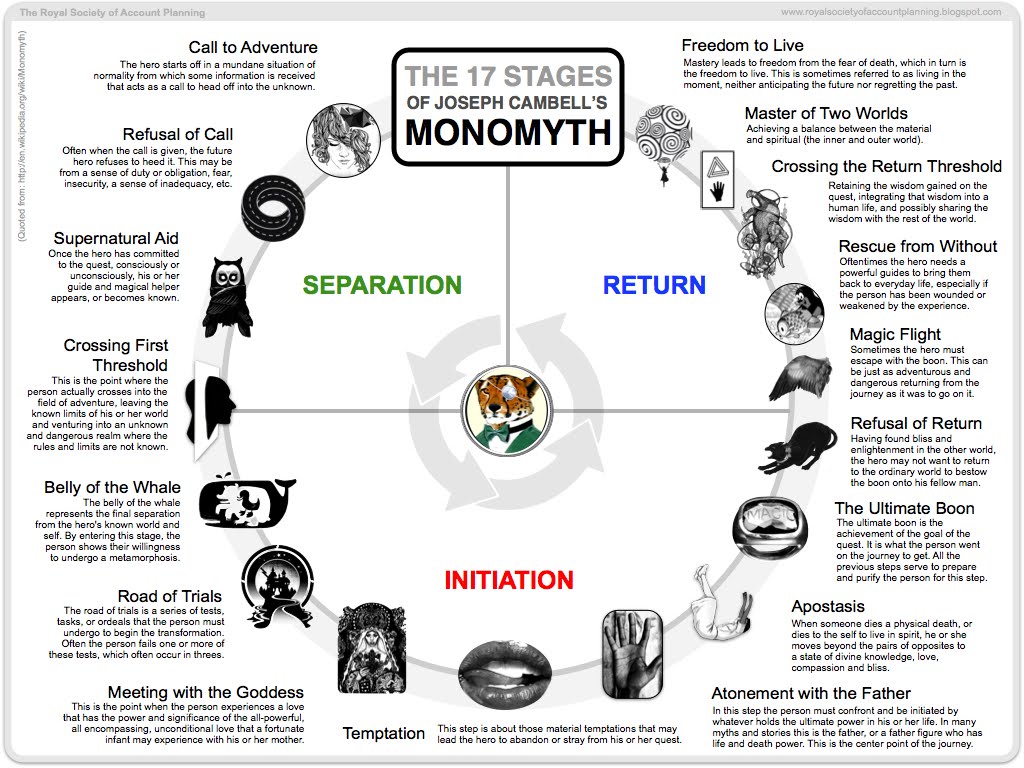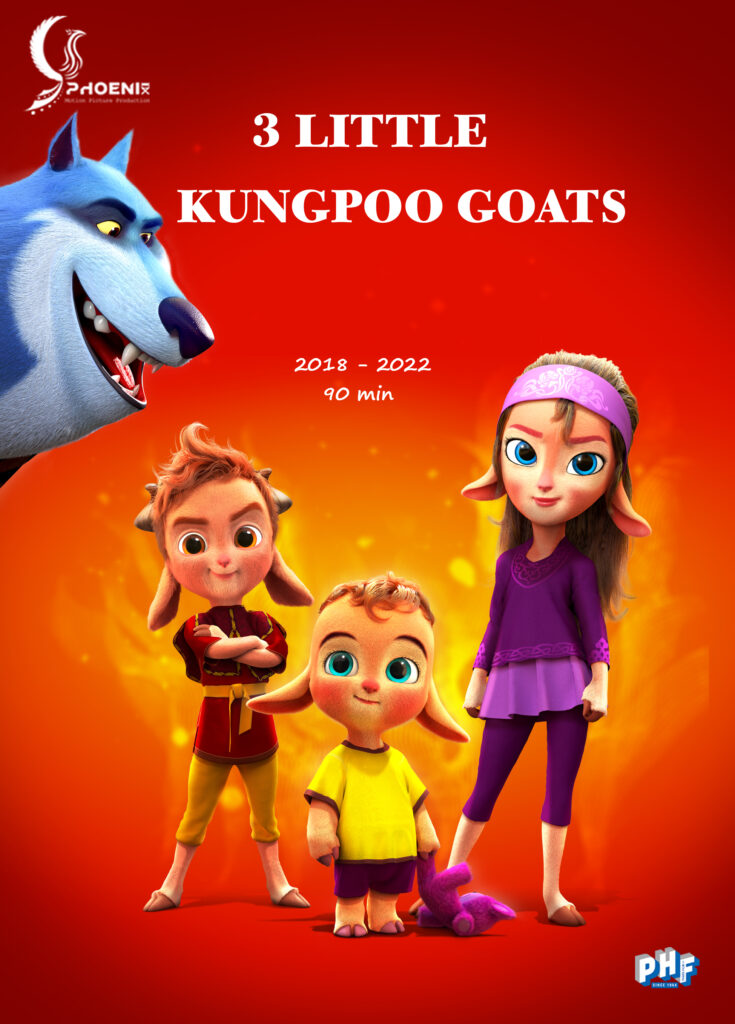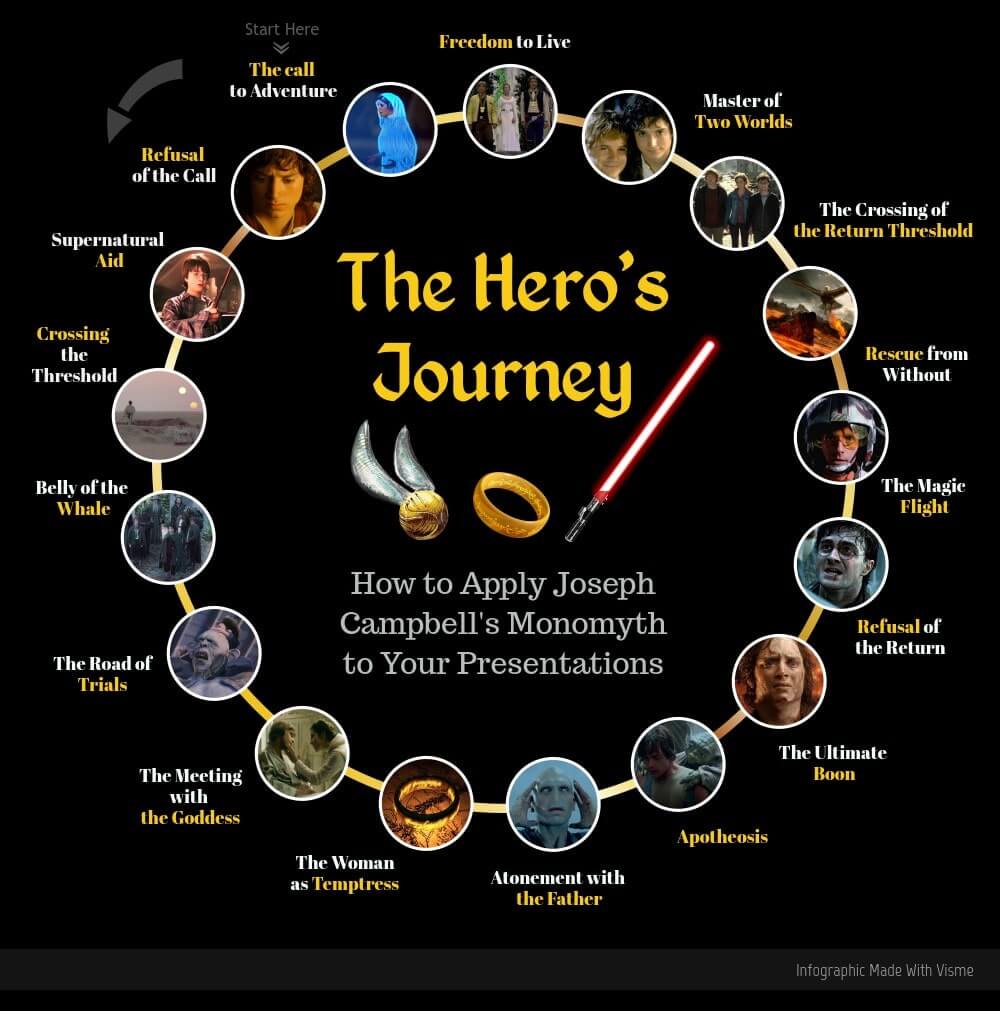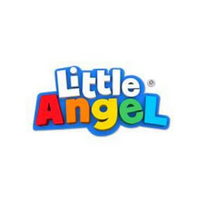3 Little Kungpoo Goats and Battle of the Kings (Rostam and Sohrab), two iconic completed animation movies. “The Hero’s Journey” by Phoenix animation.




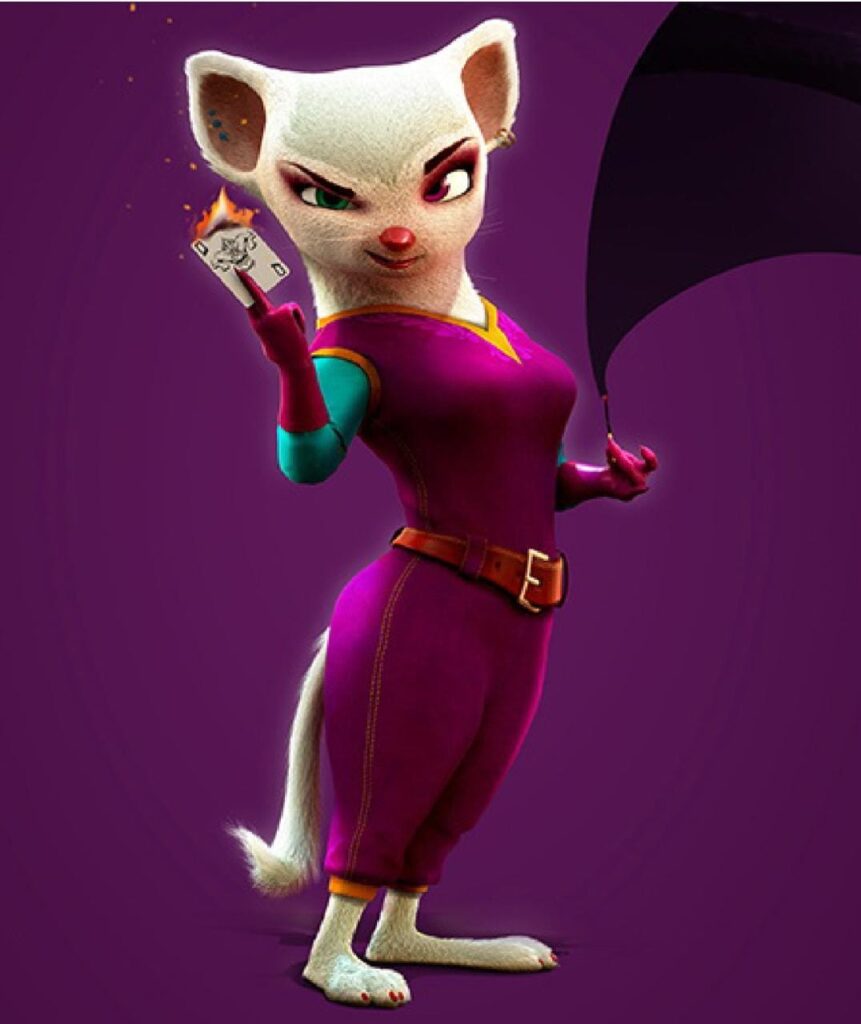
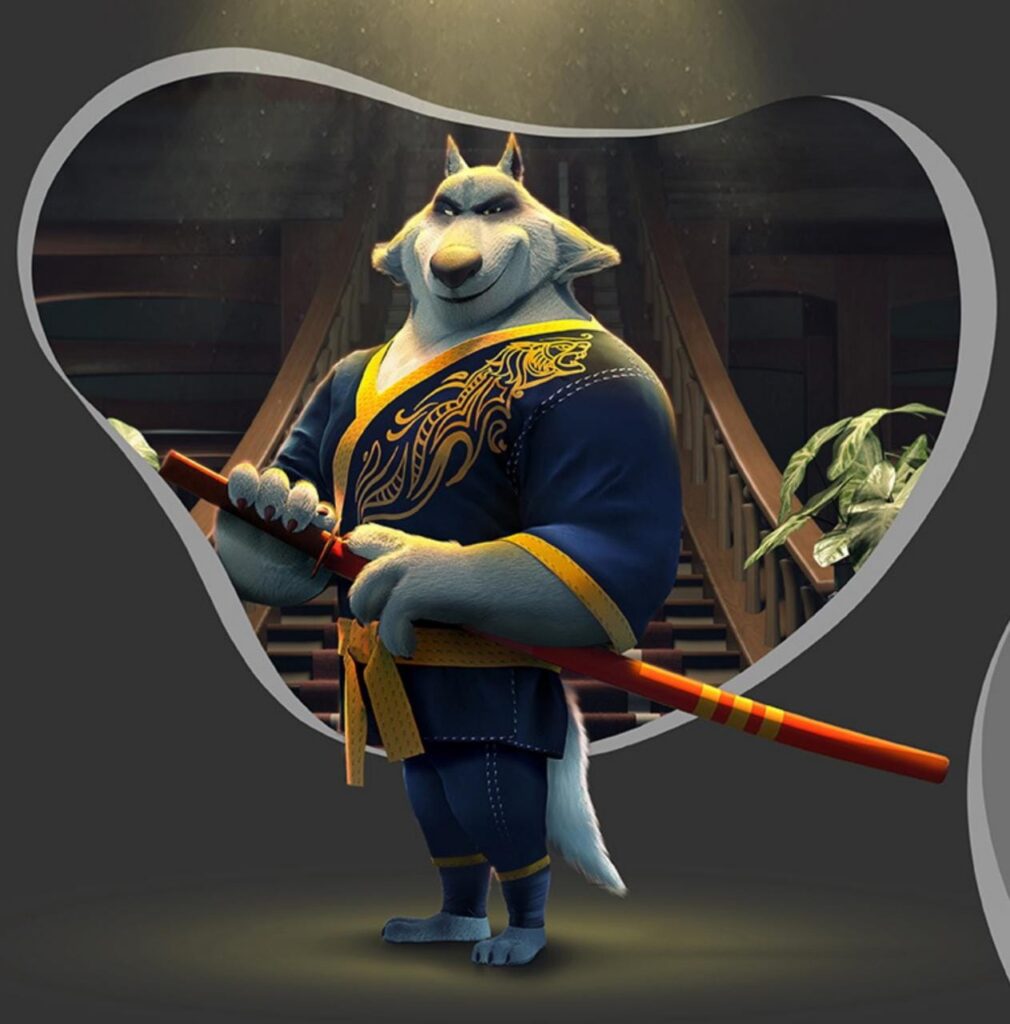
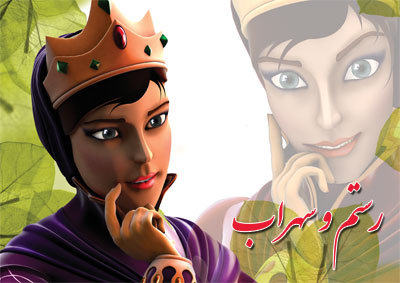
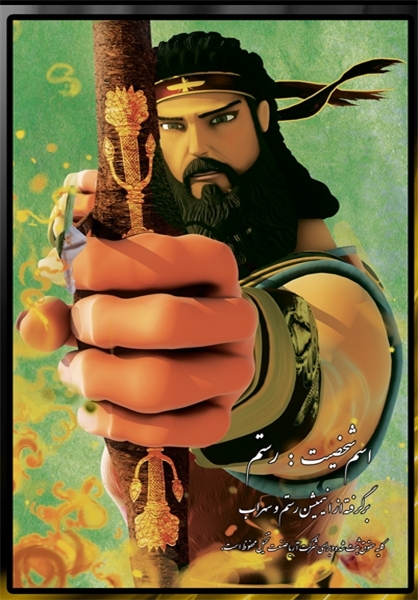
Just to give you a sense of our vision, Here we have a very small topic about our vision about animation movies script writing and our way of adoption of the : Hero’s Journey, because it is Strategic Storytelling, Where Business And Stories Meet
The Mythology and Psychology of Hero: Exploring the Hero’s Journey and Its Impact on Animation Script Writers
Introduction
Throughout history, heroes have been central figures in mythology, literature, and cultural narratives. From ancient myths to modern storytelling, the hero’s journey has played a pivotal role in shaping the way humans understand themselves and their place in the world. The psychology of the hero archetype delves into the deep-rooted human need for heroic figures, while Joseph Campbell’s concept of “The Hero’s Journey” has become a foundational framework for writers and creators, especially in the realm of animation. This essay will explore the mythology and psychology of the hero archetype, focusing on “The Hero’s Journey” and its profound effect on animation scriptwriters.
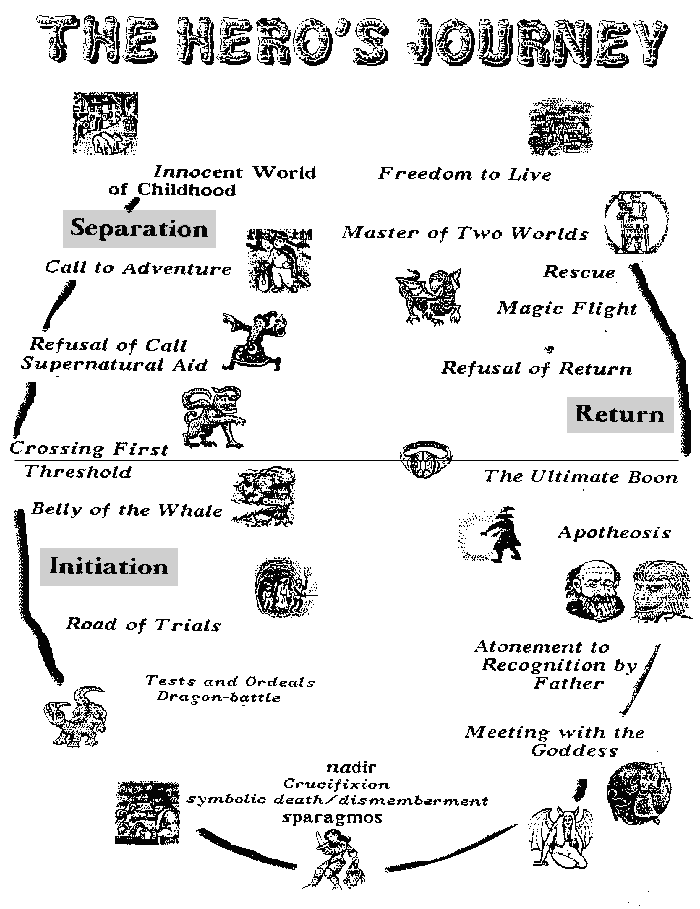
The Hero Archetype: Mythology and Psychology
The hero archetype is a recurring pattern found in myths and stories across cultures. It represents a character who embarks on a transformative journey, facing challenges, trials, and enemies to achieve a significant goal or bring about positive change. The concept of the hero is deeply rooted in the human psyche, tapping into collective unconscious elements identified by Carl Jung. Jung believed that archetypes, including the hero, are universal symbols and themes that resonate with all humans regardless of culture or time period.
The hero’s journey is intrinsically tied to the human desire for growth, transformation, and triumph over adversity. Psychologically, the hero’s tale is a reflection of individuals’ quest for self-discovery, self-realization, and the resolution of internal conflicts. The hero often embodies qualities such as courage, determination, sacrifice, and resilience, inspiring audiences to connect with their own heroic potential.
Joseph Campbell and “The Hero’s Journey”
Joseph Campbell, an influential mythologist and writer, explored the concept of the hero’s journey in his book “The Hero with a Thousand Faces” (1949). Campbell analyzed myths and stories from diverse cultures and found striking similarities in their underlying structure. He identified a universal pattern, which he called “The Hero’s Journey.”
The Hero’s Journey consists of several stages:
- The Call to Adventure: The hero is presented with a challenge or a quest that disrupts their ordinary life, calling them to embark on an extraordinary journey.
- Refusal of the Call: Initially, the hero may resist or hesitate, fearing the unknown or the risks involved.
- Meeting the Mentor: The hero encounters a mentor or guide who offers wisdom, assistance, or special tools to aid in the journey.
- Crossing the Threshold: The hero commits to the adventure and crosses into the unknown, leaving behind the familiar world.
- Tests, Allies, and Enemies: Throughout the journey, the hero faces trials, gains allies, and confronts adversaries, learning valuable lessons along the way.
- Approach to the Inmost Cave: The hero approaches a significant challenge or ordeal that represents their deepest fears or insecurities.
- The Ordeal: The hero endures a life-changing trial, often facing a metaphorical death and rebirth, leading to profound transformation.
- The Reward: After overcoming the ordeal, the hero gains a reward, such as knowledge, power, or an object of significance.
- The Road Back: The hero begins their return to the ordinary world, though the journey is not yet complete.
- Resurrection: The hero faces a final, climactic challenge that demonstrates their growth and newfound strength.
- Return with the Elixir: The hero returns to the ordinary world, armed with newfound knowledge or abilities, and brings positive change or healing to their community.
The Impact of “The Hero’s Journey” on Animation Script Writers
Animation has become an incredibly powerful storytelling medium, appealing to audiences of all ages. The hero’s journey serves as a versatile and effective narrative structure that resonates particularly well with animation scriptwriters. Several key reasons illustrate the impact of “The Hero’s Journey” on animation:
- Universal Appeal: The hero’s journey is rooted in universal themes and archetypal elements, making it relatable and accessible to diverse audiences across cultures.
- Character Development: The hero’s journey provides a structured framework for character development, allowing animation scriptwriters to create multi-dimensional and relatable characters who undergo profound transformations.
- Engaging Storytelling: The hero’s journey naturally lends itself to compelling storytelling, with its blend of challenges, conflicts, and personal growth. This structure keeps audiences engaged and emotionally invested.
- Visual Creativity: Animation offers endless possibilities for visual creativity, allowing writers to envision fantastical worlds, creatures, and magical elements that complement the hero’s journey.
- Lessons and Morals: The hero’s journey often imparts valuable life lessons, reinforcing positive values such as perseverance, courage, and empathy—essential elements in children’s animation.
- Escapism and Inspiration: Animation provides a means of escapism, transporting audiences to imaginative realms, while the hero’s journey inspires viewers by showcasing the triumph of the human spirit.
- Expanding the Hero’s Identity: Animation has the power to break traditional stereotypes and expand the hero’s identity to include underrepresented groups, promoting inclusivity and diversity in storytelling.
Conclusion
The mythology and psychology of the hero archetype have deep-rooted significance in human culture. The hero’s journey, as conceptualized by Joseph Campbell, provides a powerful narrative framework that resonates with audiences, offering lessons in personal growth, transformation, and the triumph of good over evil. In the realm of animation, scriptwriters embrace “The Hero’s Journey” for its universal appeal, character development opportunities, engaging storytelling, and visual creativity. Animation continues to captivate global audiences by bringing heroes to life, inspiring generations with stories that tap into the profound yearning for heroism within each individual.
If you want to turn your concept into an animated reality, then we are who you need. Visit our film showcases to understand better what we can do for you. Check Phoenix news to get regular updates on our ever-expanding services, such as facilitation.
Contact US today and begin the journey of turning your vision into a work of art. Also you are very welcome to Dubai – Business bay, to visit us at our Dubai branch office.
More blogs and news, kindly Follow the Phoenix Blogs …
